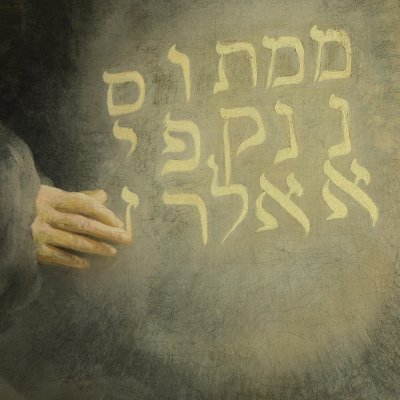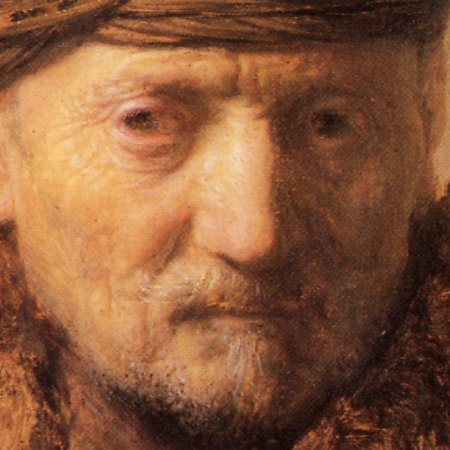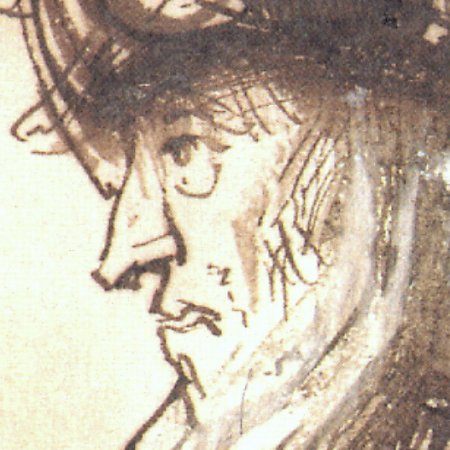Balthasar's Feast - Rembrandt
Description
Balthasar King of Babylon, center, wearing an oriental turban, presides over a banquet he has ordered with the sacred tableware of Jerusalem's temple. Just as, on the right, a servant is about to pour him a drink, a supernatural hand inscribes a mysterious formula in luminous letters on the wall behind him, which only the young Jewish prophet Daniel will be able to interpret.
Rembrandt follows, for this banquet, the example of the king of Babylon.
For this inscription, Rembrandt follows the interpretation proposed by his neighbor, Rabbi Menasseh ben Israel, in his book De Terminis vitae : if the Babylonian diviners failed to read the divine inscription, it wasn't because they couldn't read Hebrew, but because the letters were arranged not horizontally, as usual, but vertically, in five columns of three letters to be read thus, from right to left: MéNE, MéNE, TéQeL, UPhaR SIN, pesé, pesé, compté, divisé (the first word is repeated, the last word occupies two columns). We know how Daniel interpreted the message: you have been weighed, your time is numbered, your kingdom will be divided. The next day, Babylon was taken by the Persians. The moment chosen by Rembrandt is the moment when Balthasar turns to read the inscription, which his hand has just finished tracing. His gesture with his left hand unbalances the servant, who spills the wine onto her sleeve. The painting superimposes two screens: the traditional one, formed by Balthsar's cloak, separates the restricted space occupied by the king and his servant from the vague space to the left, where the spectators of the scene are represented; but there is also the projection screen formed by the wall above right, with its luminous inscription. Curiously, the hand of God is a right hand on the left, like that of Balthasar. The hand is therefore not writing in front of itself, but "against itself", blindly, as a man would write on his stomach: by this, Rembrandt means that God is behind the screen, and conceives the luminous letters as slits from behind which the divine light radiates.
- Signature visible only under ultraviolet light: "Rembrand[.] f 163[.] "
- Purchased in 1964 with the help of the Art Fund.
- Rembrandt is said to have been inspired by a copy of Veronese's Abduction of Europa for the young woman on the left who spills her cup. See links.
Technical Data
Notice #000913






